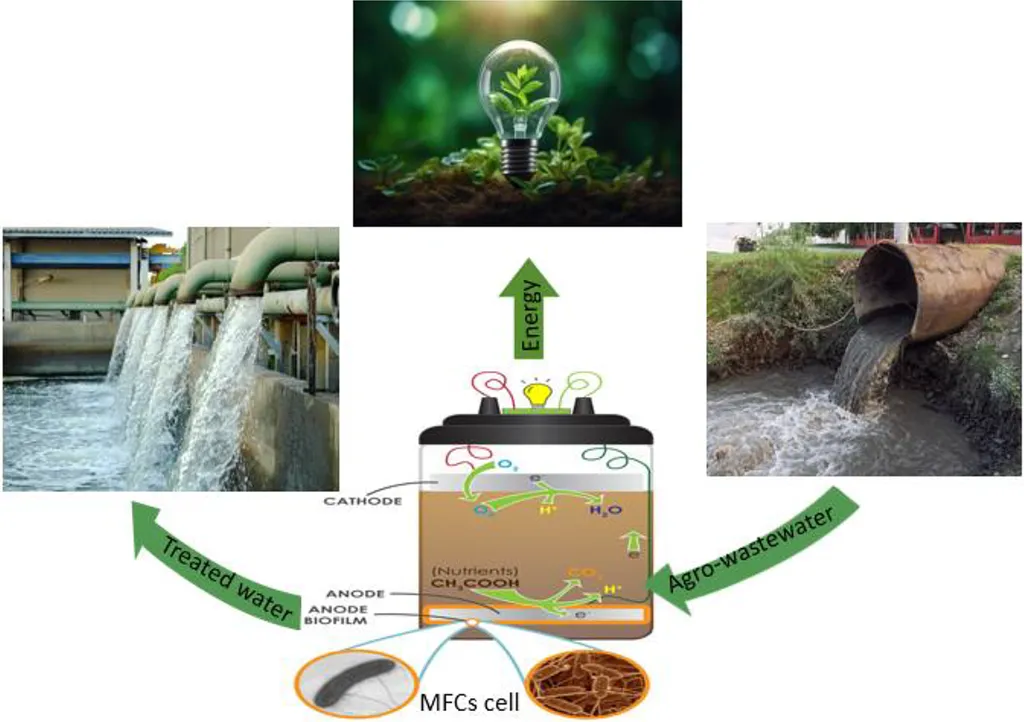In the quest for sustainable and cost-effective solutions to water contamination, a team of researchers led by Wei Liu from Zhejiang Pharmaceutical University in Ningbo, China, has developed a promising alternative to traditional activated carbon (AC) for removing chlortetracycline (CTC) from wastewater. The study, published in the Royal Society Open Science (a journal that translates to “Open Science of the Royal Society”), introduces kaolin–alginate composite beads (KN@Alg) that could revolutionize wastewater treatment, particularly in the energy sector where such contaminants are prevalent.
Chlortetracycline, a widely used antibiotic in agriculture, often finds its way into water bodies, posing significant environmental and health risks. Current methods of removal, particularly those using activated carbon, can be expensive and unsustainable. Liu and his team set out to address these challenges by creating a composite material that combines the rigidity of kaolin with the functional advantages of alginate.
“Our goal was to develop a material that not only performs well but is also cost-effective and environmentally friendly,” said Liu. The researchers systematically evaluated the adsorption performance of KN@Alg compared to pristine kaolin and activated carbon. The results were impressive. The adsorption capacity of KN@Alg reached 68.74 mg/g, significantly higher than that of pristine kaolin (42.76 mg/g) and approaching that of activated carbon (102.96 mg/g). In dynamic experiments, KN@Alg achieved a removal efficiency of 93.7%, demonstrating its practical applicability.
The study also delved into the mechanisms behind the adsorption process. Through X-ray photoelectron spectroscopy analysis, the researchers revealed that CTC uptake onto KN@Alg involves multiple mechanisms, including n–π interactions, hydrogen bonding, electrostatic attraction, cation exchange, and calcium ion-bridging. This multifunctional approach enhances the material’s effectiveness and reusability.
One of the most notable findings was the superior renderability of KN@Alg. After four cycles of regeneration, the material retained approximately 76% of its efficiency, outperforming both activated carbon and pristine kaolin. This durability is a significant advantage for commercial applications, where cost and sustainability are critical factors.
The implications of this research are far-reaching, particularly for the energy sector. Wastewater treatment is a critical component of many industrial processes, and the development of cost-effective and sustainable solutions can have a profound impact on operational efficiency and environmental stewardship. The energy sector, in particular, stands to benefit from the adoption of KN@Alg, as it can help meet regulatory standards for water quality while reducing the overall cost of wastewater treatment.
“This research highlights the potential of composite materials in addressing complex environmental challenges,” said Liu. “By integrating the strengths of different materials, we can create solutions that are both effective and sustainable.”
The study published in the Royal Society Open Science opens new avenues for research and development in the field of wastewater treatment. As the demand for sustainable and cost-effective solutions continues to grow, the adoption of innovative materials like KN@Alg could pave the way for a cleaner and more efficient future. The research not only addresses the immediate need for effective CTC removal but also sets a precedent for the development of similar composite materials for other environmental applications.

